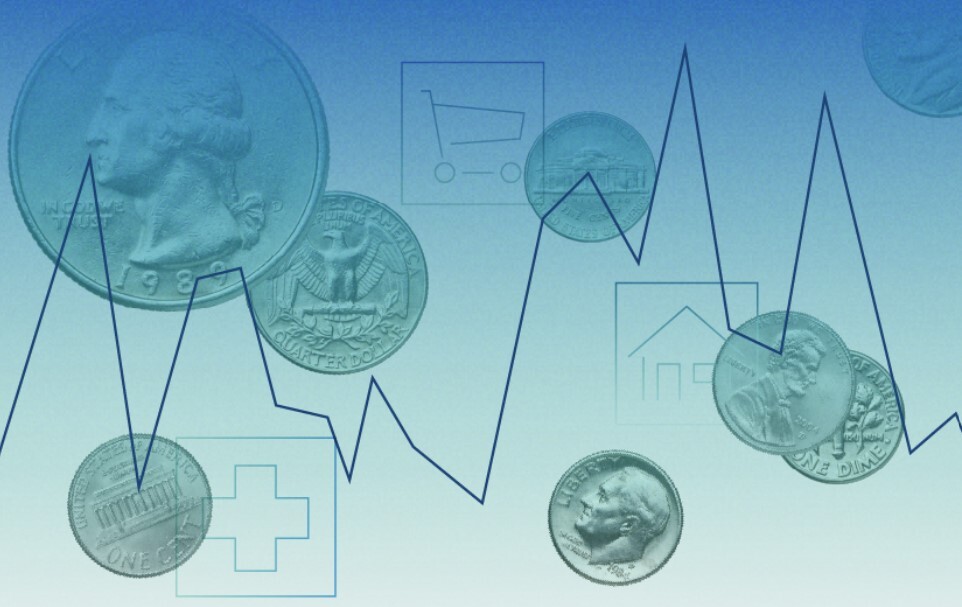Inflation has been a pressing concern for the Federal Reserve as it grapples with the task of maintaining price stability and economic growth. The recent surge in inflation has sparked debates about the pace at which it can cool down. This article explores the current state of inflation and examines why it is not cooling fast enough for the Fed’s comfort.
Understanding the Current Inflationary Environment
To comprehend the challenges faced by the Federal Reserve, it is important to understand the current inflationary environment. Inflation refers to the sustained increase in the general price level of goods and services over time. Rising inflation erodes the purchasing power of consumers and can disrupt economic stability.
Factors Driving Inflation
Several factors contribute to the current inflationary pressures. These include supply chain disruptions, increased demand as economies recover from the pandemic, rising commodity prices, and wage growth. These combined factors have created a perfect storm, leading to higher prices across various sectors of the economy.
Impact on the Federal Reserve
The Federal Reserve is responsible for maintaining stable prices and maximizing employment. Inflation that is too low can hinder economic growth, while high inflation can erode consumer confidence and disrupt financial markets. The challenge lies in striking the right balance to ensure sustainable economic expansion without excessive price increases.
The Fed’s Approach to Tackling Inflation
The Federal Reserve has various tools at its disposal to address inflationary pressures. However, the timing and effectiveness of these measures are crucial for achieving the desired outcome.
Monetary Policy Adjustments
One of the primary tools the Fed uses to control inflation is monetary policy adjustments. By raising interest rates, the Fed aims to reduce borrowing and spending, which can help cool down the economy and moderate inflation. However, implementing rate hikes too quickly or aggressively can also risk slowing down economic growth.
Communication and Forward Guidance
Clear communication from the Federal Reserve plays a significant role in shaping market expectations and managing inflation. Through speeches, press conferences, and policy statements, the Fed conveys its intentions and outlook on inflation. This guidance helps market participants make informed decisions and align their expectations with the Fed’s actions.
Challenges in Cooling Inflation Quickly
Despite the Fed’s efforts, cooling down inflation quickly presents several challenges.
Lagging Impact of Monetary Policy
Monetary policy adjustments take time to influence the economy. Changes in interest rates may not have an immediate effect on consumer spending or investment decisions. This lag in the transmission mechanism can slow down the desired impact on inflation.
Uncertainty in Economic Recovery
The path of economic recovery following the pandemic remains uncertain. Unpredictable factors, such as the emergence of new COVID-19 variants or shifts in global trade dynamics, can disrupt the pace of recovery. These uncertainties make it challenging for the Fed to accurately gauge the appropriate timing and magnitude of policy adjustments.
The Federal Reserve faces the challenge of cooling down inflation in an environment riddled with uncertainty and complex dynamics. While the Fed has tools at its disposal, the timing and effectiveness of their implementation are crucial. Striking the delicate balance between controlling inflation and supporting economic growth remains a priority. The path to cooling down inflation fast enough is a delicate one, requiring careful consideration of various factors and a keen eye on economic indicators.

